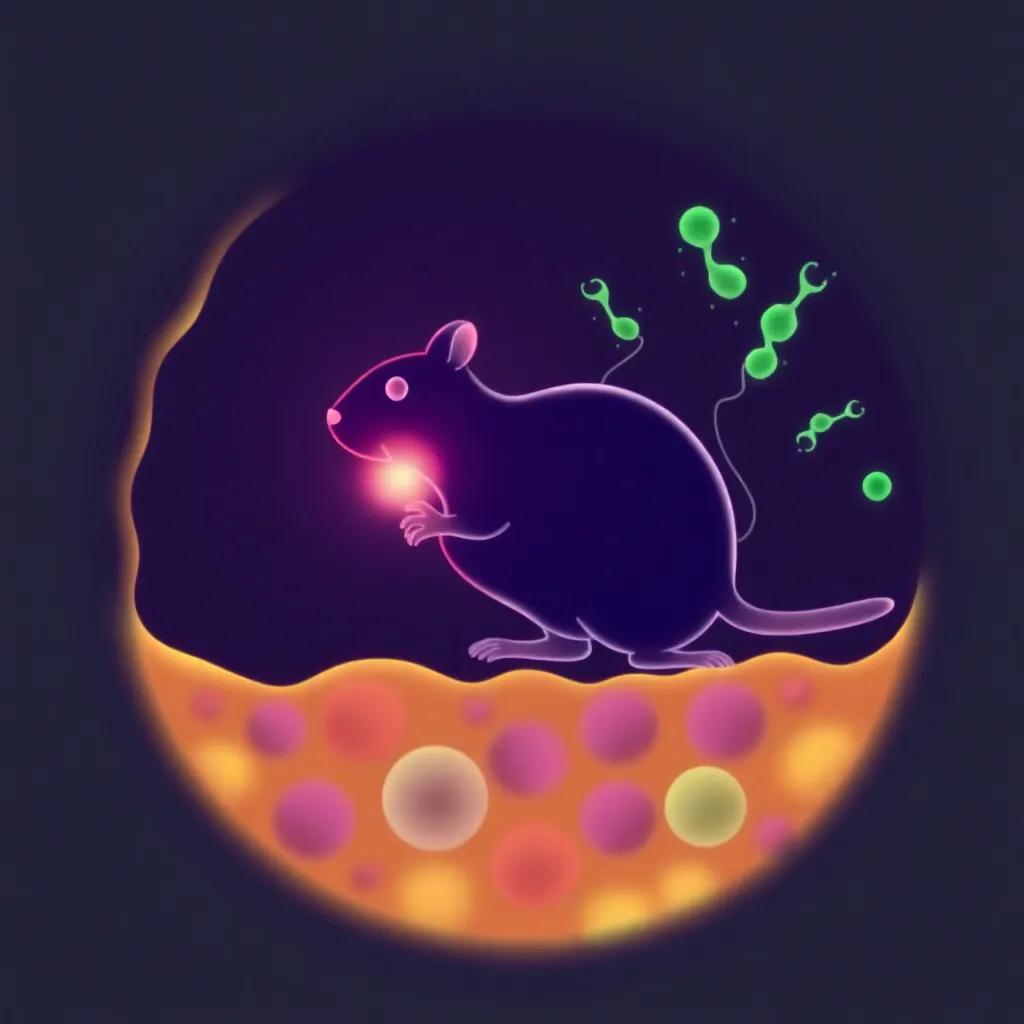Recent study reveals KGM’s benefits on glucose, lipid metabolism, and gut microbiota in obese mice, with potential applications for human metabolic health.
New research highlights konjac glucomannan’s ability to improve metabolic parameters in obese mice through multiple intake forms, offering insights for human applications.
Konjac Glucomannan’s Metabolic Benefits: Insights from Mouse Studies
The Study: KGM’s Impact on Obese Mice
A groundbreaking study by Zhu Sijia et al., published in Food & Function, demonstrates konjac glucomannan’s (KGM) significant effects on glucose and lipid metabolism in obese mice. The research compared three intake patterns: solution (sol), gel, and frozen gel forms, revealing differential metabolic benefits.
Our findings suggest KGM’s physical form significantly influences its metabolic effects, with gel forms showing superior benefits for insulin sensitivity and lipid profiles,
noted Dr. Zhu in the study’s press release.
Mechanisms of Action
The study identified several key mechanisms through which KGM exerts its benefits:
- Improved insulin sensitivity through PPAR-γ pathway activation
- Reduction in LDL cholesterol by up to 27%
- Increased abundance of beneficial gut bacteria including Akkermansia muciniphila
- Decreased systemic inflammation markers (TNF-α, IL-6)
Human Applications and Market Growth
With global obesity rates reaching alarming levels (WHO reports 650 million+ adults obese in 2023), KGM’s potential applications are gaining attention:
Japan’s 2023 approval of KGM as a ‘Food for Specified Health Uses’ (FOSHU) for cholesterol management underscores its therapeutic potential. Market analysts project the global KGM market to grow at 6.8% CAGR through 2032 (Market Research Future).
Future Research Directions
Emerging studies suggest synergistic effects when combining KGM with probiotics. A March 2024 Gut Microbes study found enhanced metabolic benefits from such combinations, potentially offering new therapeutic approaches for metabolic syndrome.




